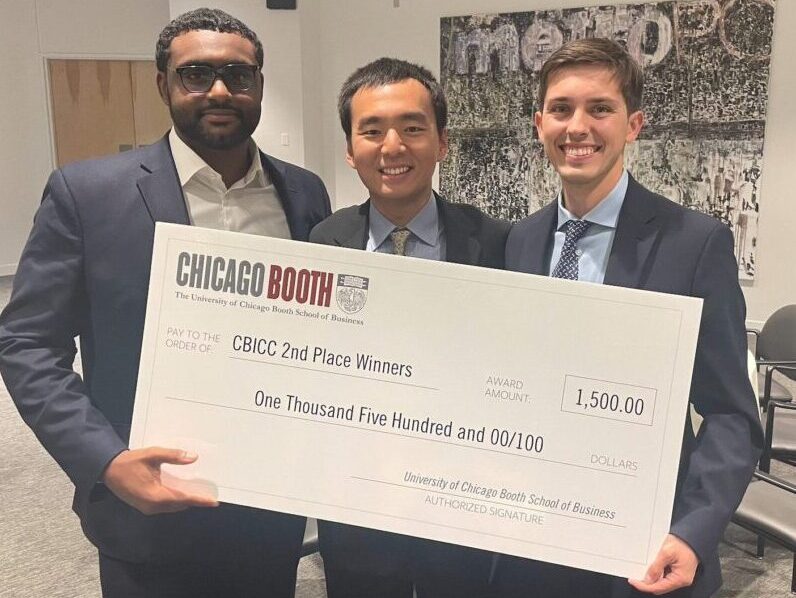This Veterans Day, we asked some of the many veterans in our community to share their stories.
Phil Ickes didn’t come from a military family. But a desire to explore the world—and make it a safer place–drew him to join the U.S. Army.
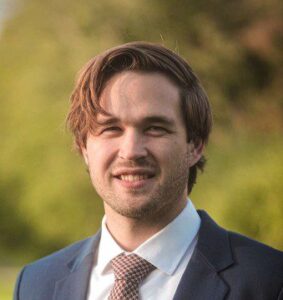
Ickes, MBA 24, began his military career as an undergraduate in the ROTC program at the University of Pittsburgh. Between his junior and senior years, he studied Arabic in Jordan and volunteered at Syrian refugee camps, which he describes as a turning point.
“One weekend, I met a family that had been severely wounded by a car bomb while they were still living in Syria,” said Ickes, who grew up outside Pittsburgh. “Meeting that family made me feel compelled to do something about it.”
After graduating, Ickes joined the U.S Army, training in the Naval School Explosive Ordnance Disposal (EOD), a school jointly run by the Army, Navy, Air Force, and Marine Corps. Working as s a platoon leader, his team supported the U.S. Secret Service, protecting several presidents, vice presidents, and foreign dignitaries.
As an EOD operations manager, he later directed an operations cell that supported more than 600 soldiers in full-spectrum bomb disposal.
In 2021, Ickes traveled to Syria and Iraq as an EOD company commander. “That experience definitely left me feeling like I left the world better than I found it,” Ickes says. “The act of disarming bombs and rendering explosive devices safe and leaving communities overseas safer than I found them was definitely very rewarding.”
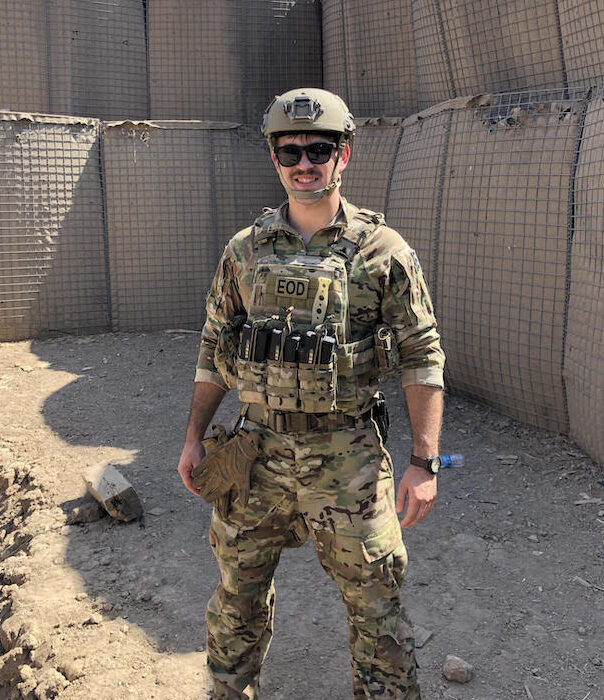
Working with robotics and machine learning in the military piqued his interest in tech, and drew him to apply to Haas, where he’s working toward a career in technical product management.
Last summer, he interned at San Mateo-based drone startup Skydio. He said he believes drones have the potential to benefit fields including law enforcement, infrastructure inspections, mapping, and commercial delivery.
“I like products that make people or businesses’ lives easier or more efficient,” he said. “Usually these products are at the intersection of software and hardware.”
On making the transition from military life to an MBA program, Ickes said he immediately found a collaborative spirit and welcoming environment at Haas.
“Everyone is ambitious yet laid back,” he says. “Nobody takes themselves too seriously.”
“Join the Navy, see the world”
Just after turning 30, while working as an accountant in Santa Barbara, Emily Hawkins decided she wanted something more in life.
“It was a great job, but it kind of felt like I was lacking purpose, and it was at that time in your life where your friends are settling down and having families,” said Hawkins, MBA 24.
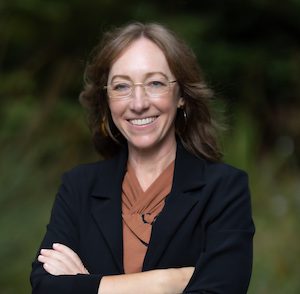
She’d always been interested in the military and, after some research and inspired by the slogan “join the Navy, see the world,” she decided to enlist.
“My plan was to enlist for one term, which is four years, learn some new skills, have an adventure, be part of something bigger than what I had been doing, and then return to what I thought of as my normal life,” Hawkins said.
Adventure is what she got. Hawkins went straight from boot camp to an aircraft carrier and a seven-month deployment off the coast of Japan in 2010 and 2011.
Hawkins and her team were called in to help with the Fukushima nuclear accident in 2011. “I had a chance to participate in the humanitarian operation, and it was amazing, and it kind of broadened my perspective of what a career in the military could be, and I was hooked,” Hawkins says. “And that was about 14 years ago.”
Hawkins is still serving in the Navy while earning her MBA, but her role has shifted from working on an aircraft carrier to serving as an officer in supply, logistics, and financial management.
While she was accepted to three MBA programs, she chose Haas due to the support of the school’s Veterans Club. “They were by far the most engaged in terms of helping you with your resume, reviewing your essays, talking to you pre- and post-interview,” Hawkins says. “They were so engaged and so supportive that I knew there would be a good community for me.”
Veterans Day, for Hawkins, is a time to reflect. “It’s a time to think about how we as a society view military veterans and the programs we provide for them in terms of education, transition programs, and medical care.”
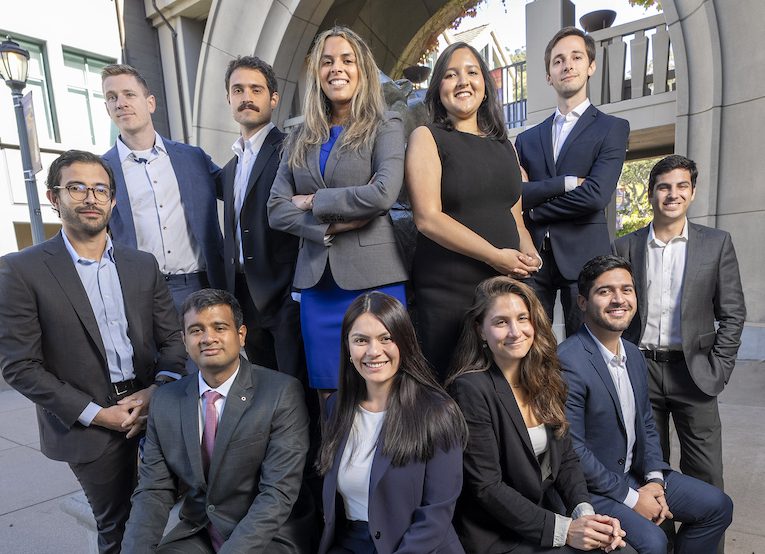
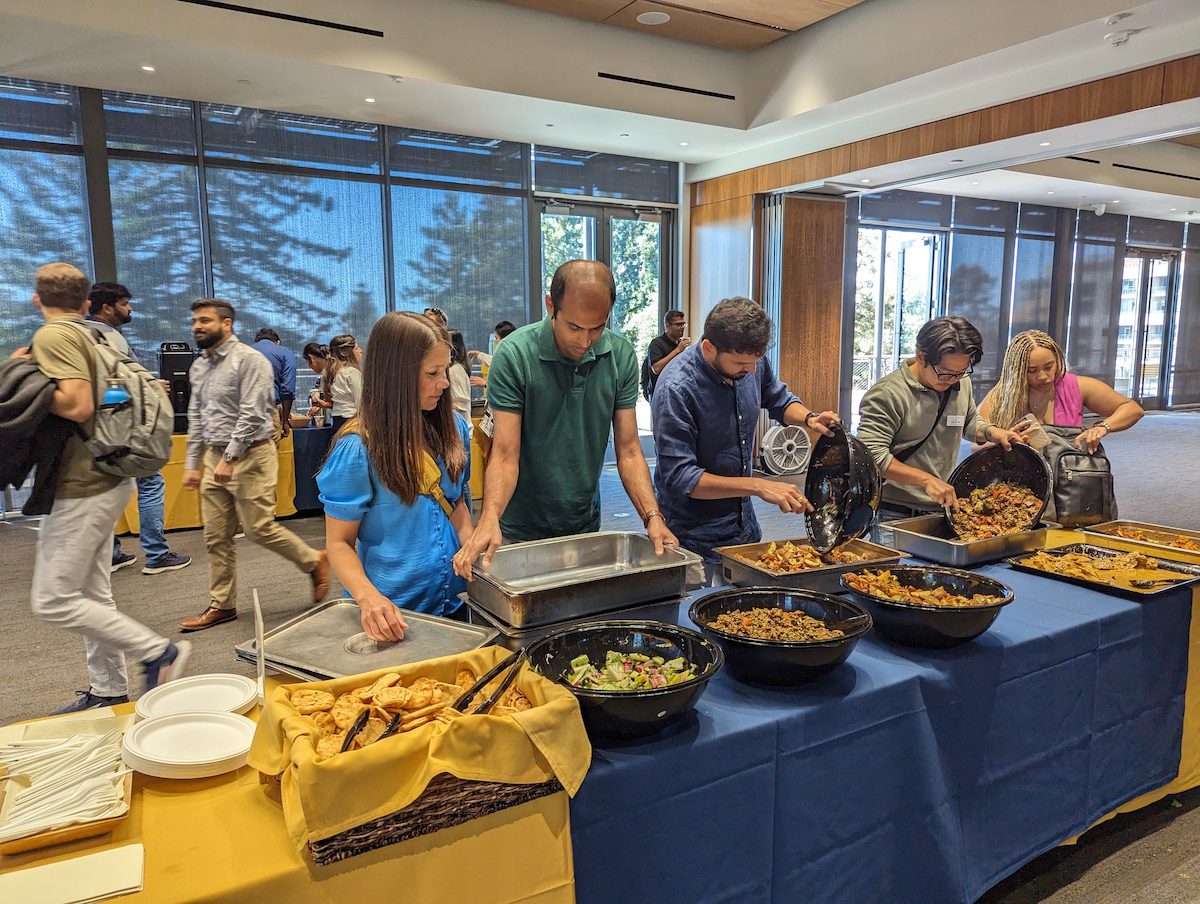
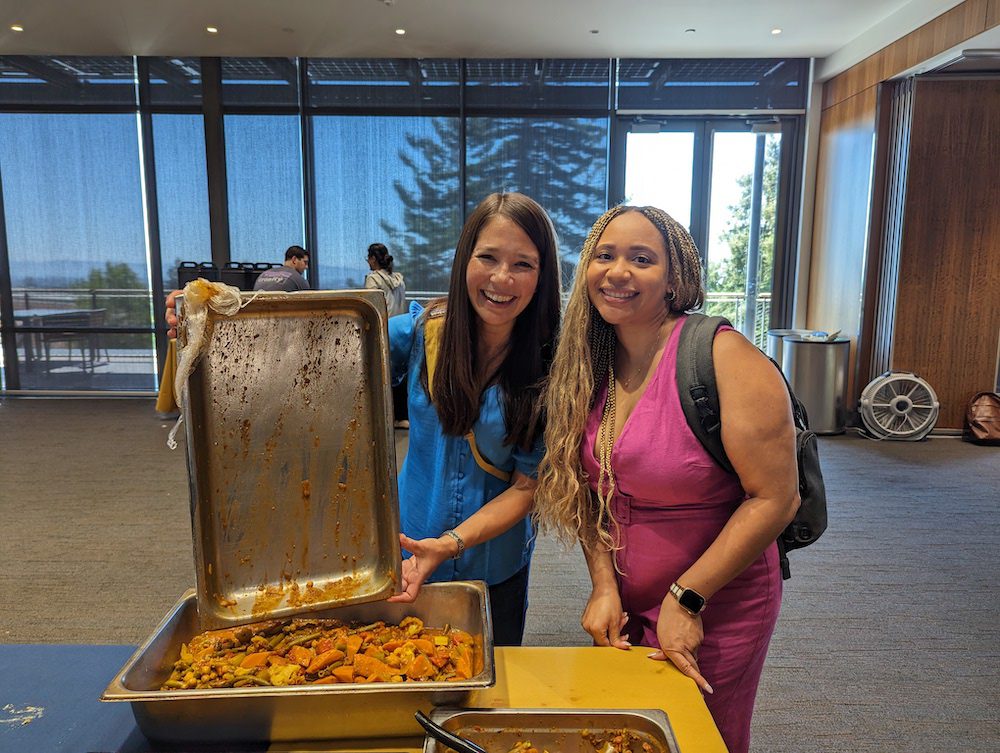
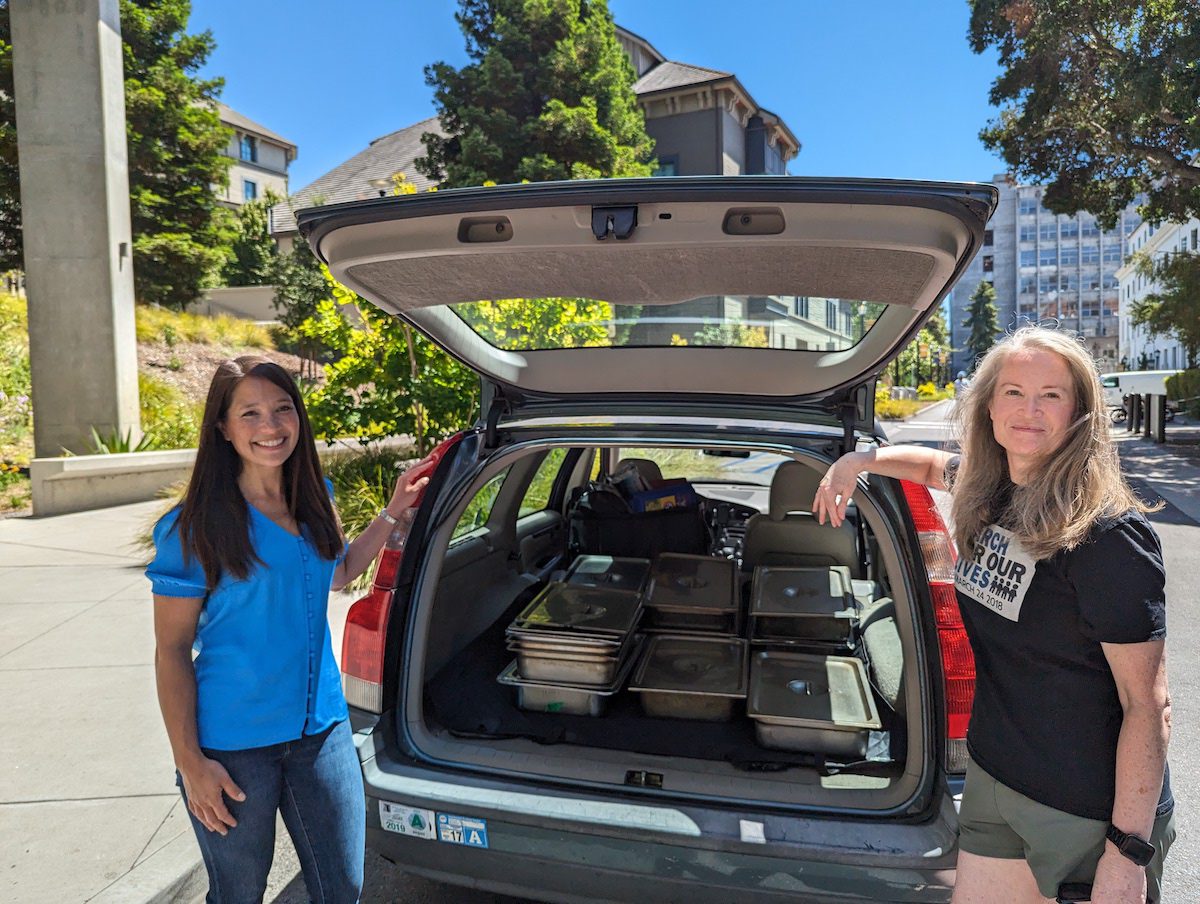
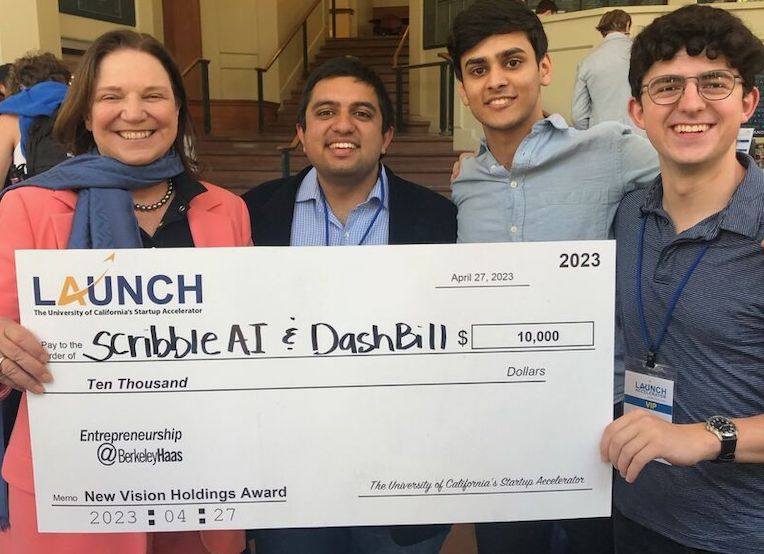
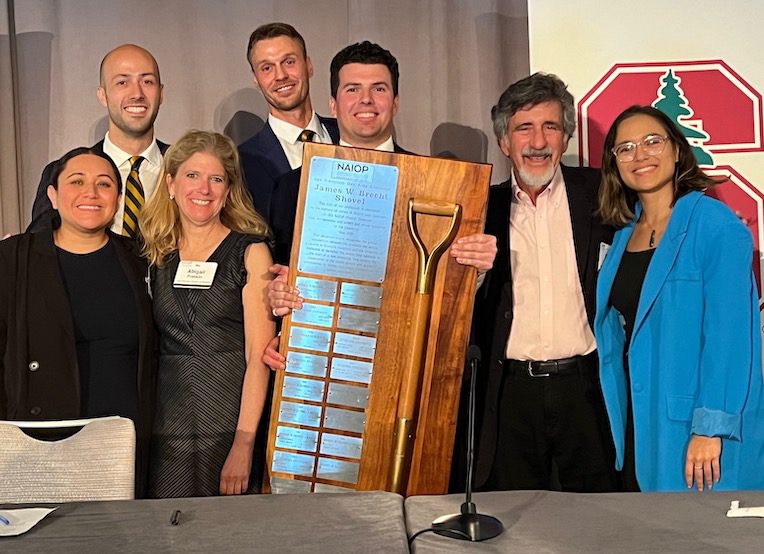

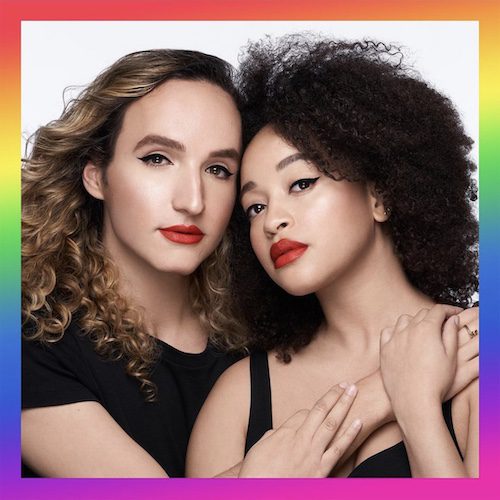
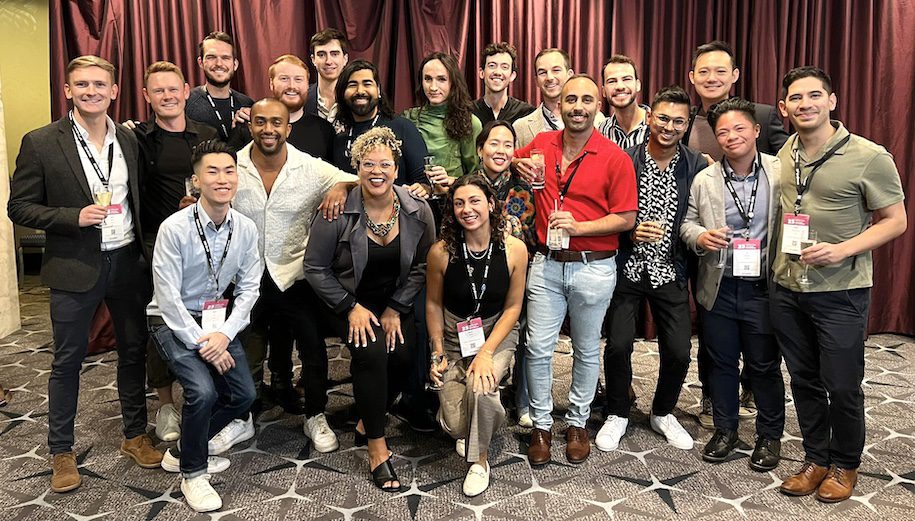
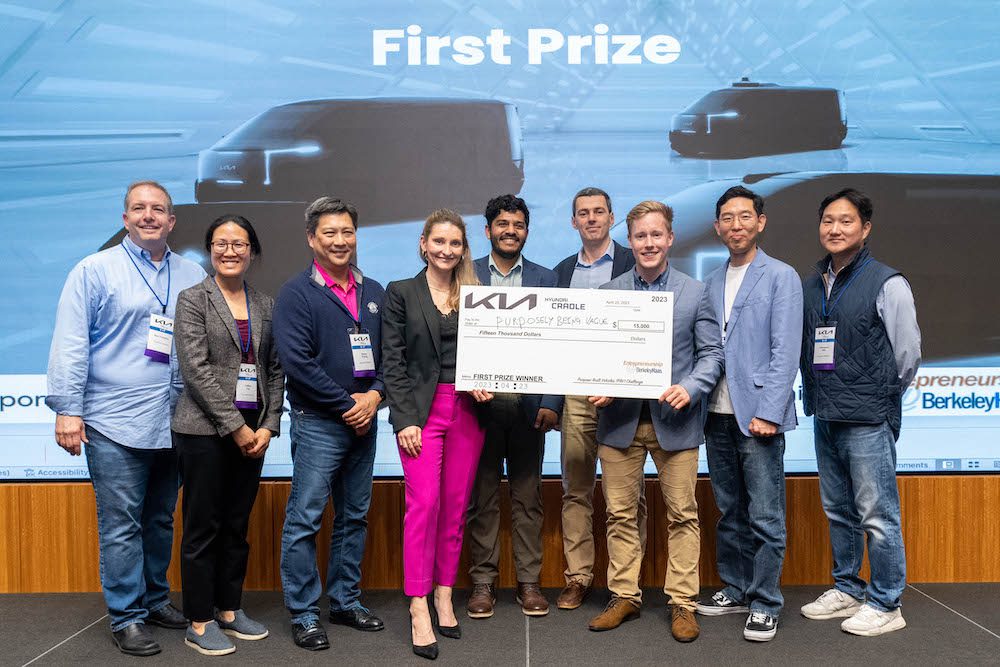
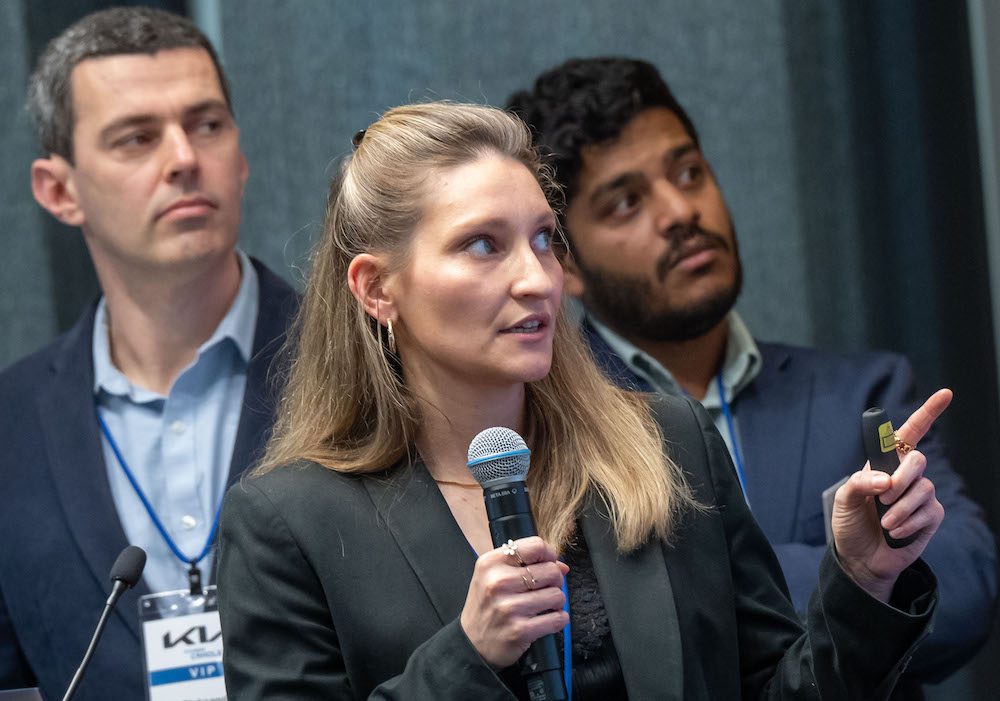
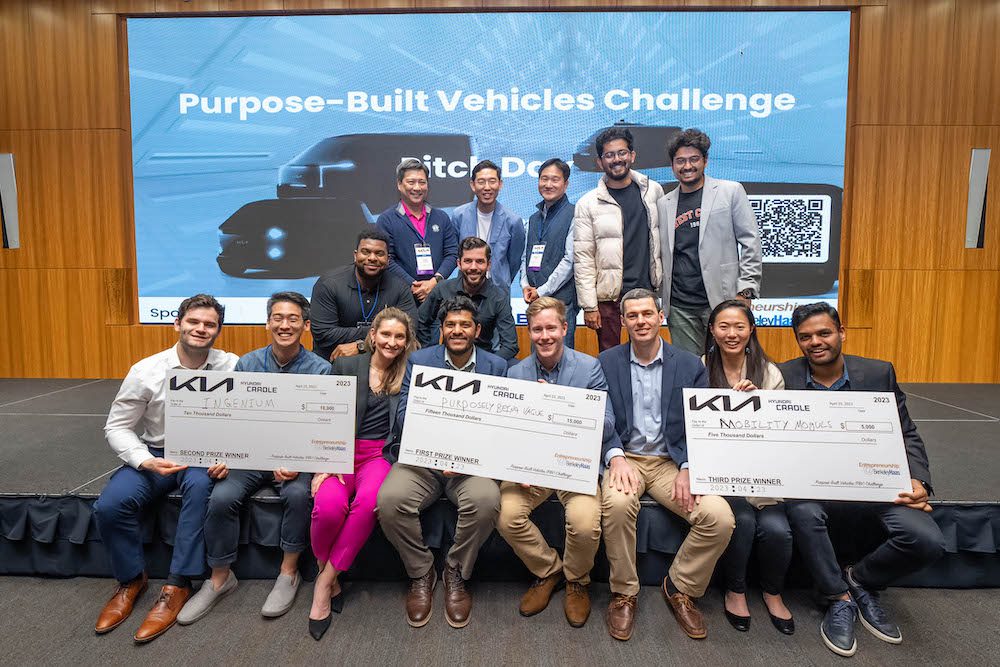
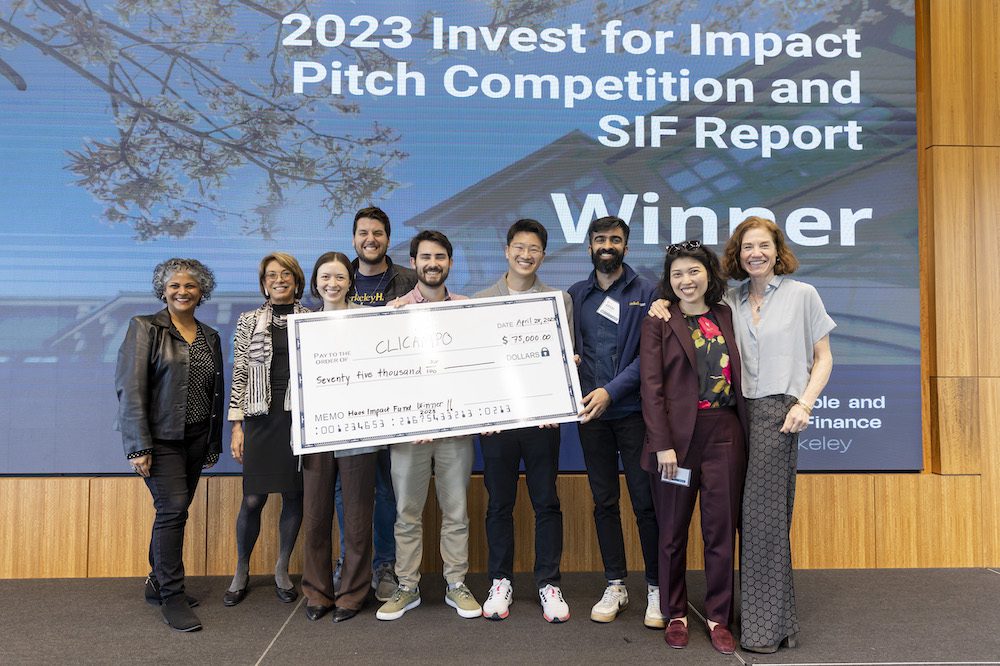
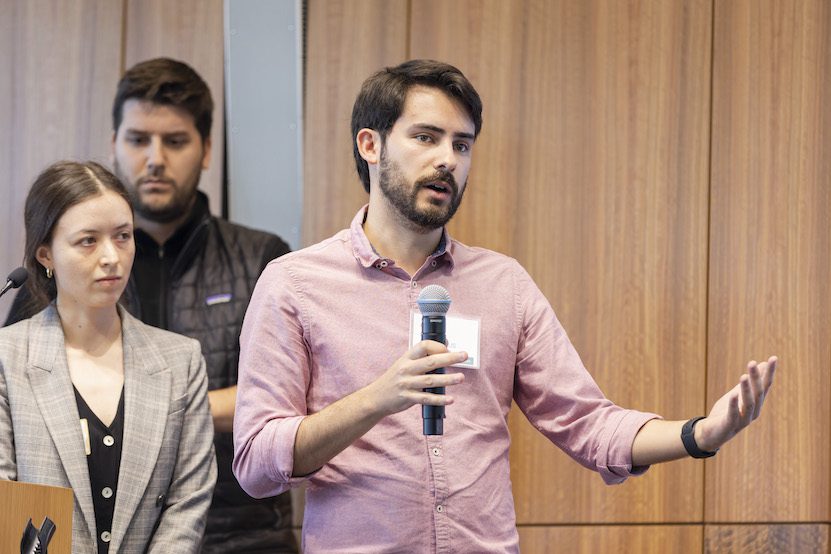
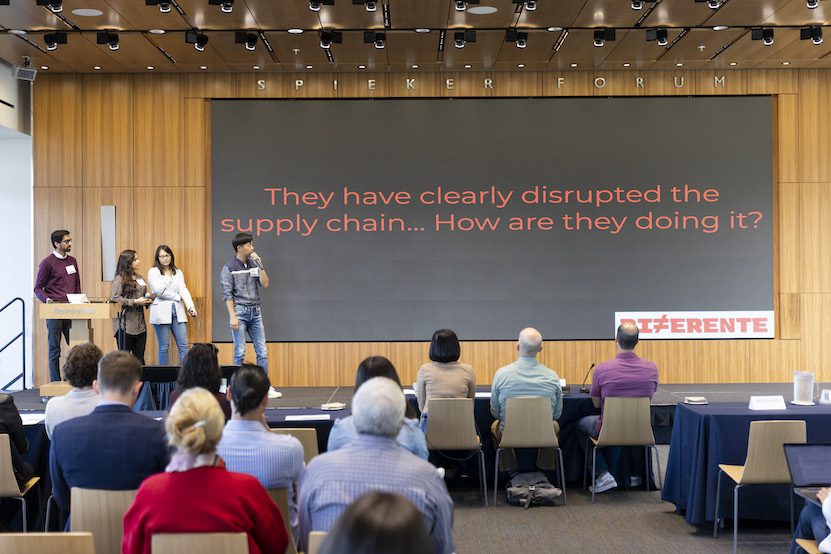
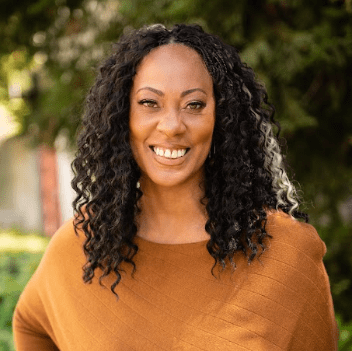 Lisha Bell, BCEMBA 12, who leads the Economic Opportunity Fund at PayPal Ventures, has been chosen as speaker at the Berkeley Haas MBA for Executives commencement, which will be held June 3.
Lisha Bell, BCEMBA 12, who leads the Economic Opportunity Fund at PayPal Ventures, has been chosen as speaker at the Berkeley Haas MBA for Executives commencement, which will be held June 3.